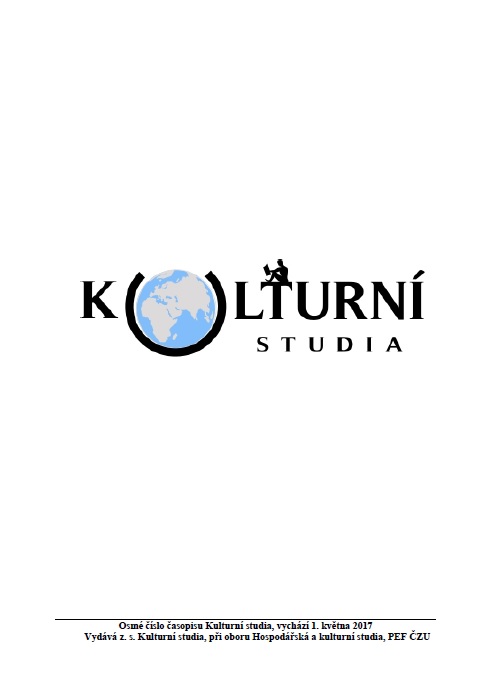Otroctví v Perském zálivu
Slavery in the Gulf region
Author(s): Helena HanzlíčkováSubject(s): History, Social Sciences, Geography, Regional studies
Published by: Kulturní studia
Keywords: Slavery; Arab slave trade; Persian Gulf; Islam; manumission of slaves; pearl diving
Summary/Abstract: Despite the long history of slavery in Arab and Muslim lands, little has been written about this human tragedy. To many Arabs, the issue of slavery is a source of discomfort. It is estimated that eleven million Africans have been deported from eastern Africa to serve in Arab households, harems, armies, agriculture and industry. Abolition of slavery in the Arab world was a consequence of internal political and economic forces- pressure from Western powers and the realization (in enlightened Muslim circles) that maintaining slavery would forever bar Arab nations from economic progress. Slavery was sanctioned by the Islamic law and was an integral part of the Arab society. Zanzibar was one of the main channels through which slaves from Africa were transferred to supply the markets of eastern Arabia, Iraq, Persia and even parts of India. Some slaves remained in Zanzibar (famous for its clove plantations) while others were transferred to Oman. Through Omani ports (Muscat, Batinah, Sur) many slaves were kept for domestic use if they were not resold or shipped elsewhere. African slaves assimilated into the Arab Gulf societies as they lived intimately within the tribes. Slaves played a significant role in the pearl diving industry. Owning slaves increased one’s social status. Slaves married each other and bore children who were enslaved by the same families. British policy in the Trucial states was to grant freedom papers (manumission certificates) to any slaves who presented themselves at their mission. Except in Bahrain where slavery was abolished in 1937, it continued to exist in Saudi Arabia, Oman, Qatar, Kuwait and Trucial coast (UAE). Slavery was abolished in Kuwait in 1949, and three years later its legal status was outlawed in Qatar; in Saudi Arabia in 1962. Slavery in the UAE as an institution it was banned in 1963. The coup de grace was administered to slavery in Arabia in 1970 when Qabus ibn Saʿíd became ruler of Oman. Thousands of former slaves are still alive. They took citizenship of the Gulf States and bear some of the most prestigious names in the country.
Journal: Kulturní studia
- Issue Year: 8/2017
- Issue No: 1
- Page Range: 3-30
- Page Count: 28
- Language: Czech

